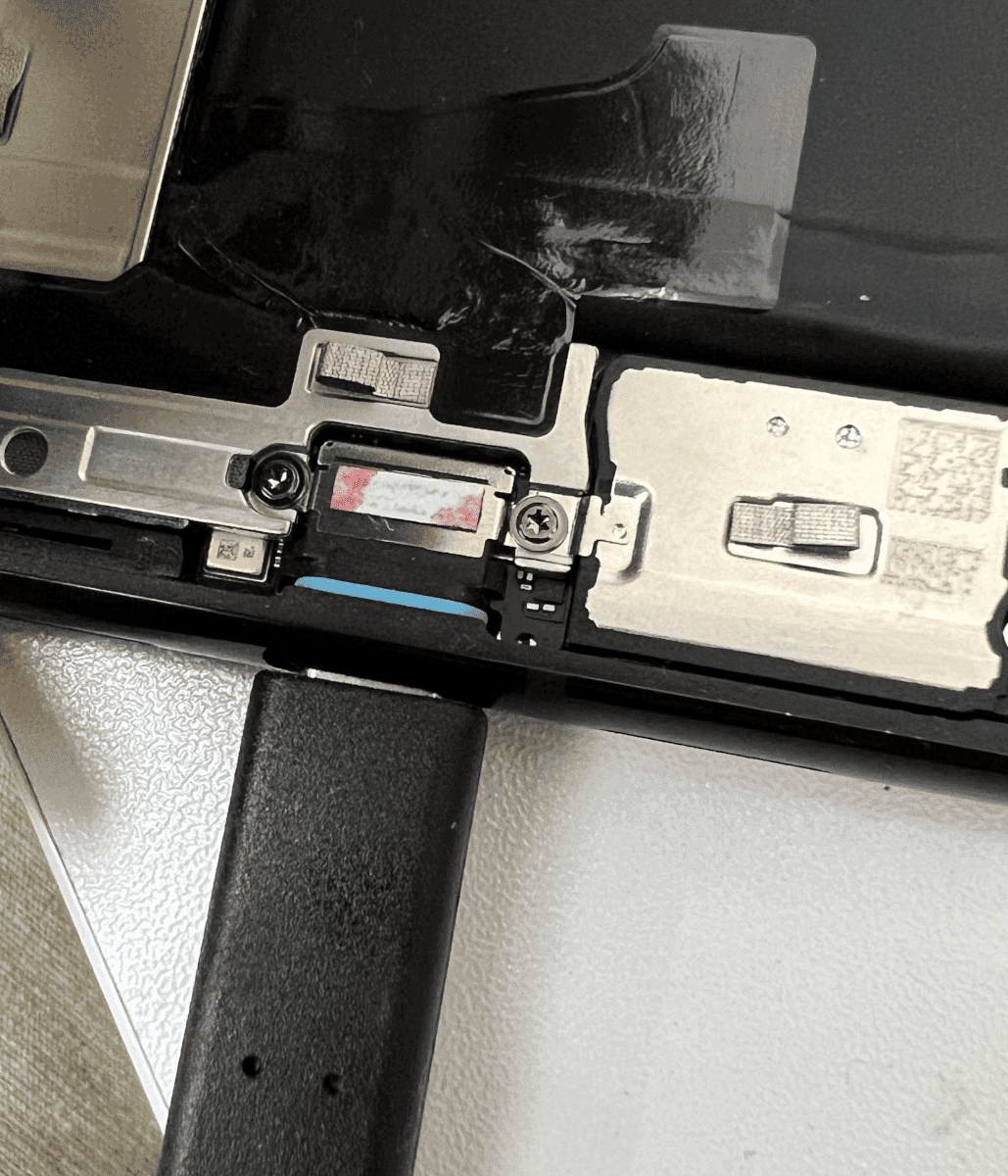Dealing with a water-damaged phone can be stressful, but acting quickly can help minimize the damage. Here’s what to do:
1. Turn off the phone and blot away any excess water with a dry cloth.
2. Avoid using heat to dry the phone. Instead, let it air dry for up to 48 hours. You can also use silica gel to speed up the drying process.
3. If these steps don’t work, it’s best to seek professional repair services to save the phone.
Immediate Steps to Take for Water-Damaged Phones
Act Fast, Every Second Counts
The longer your phone remains submerged in water, the higher the chances of irreversible damage. Here’s what you need to do immediately:
- Remove from Water: Get your phone out of the water as quickly as possible.
- Turn it Off: Powering down your phone is crucial to prevent short circuits.
- Remove Accessories: Detach any cases, SIM cards, memory cards, and anything else connected to your phone.

Dry the Exterior
Once you’ve taken the initial steps, it’s time to focus on drying the exterior of your phone.
- Soft Cloth: Use a soft, absorbent cloth (preferably microfiber) to wipe down the external surfaces of your phone gently.
- Avoid Harsh Movements: Resist the temptation to shake your phone vigorously, as this could push water further into the device.
Absorb Internal Moisture
The next step is to work on removing the moisture that might have seeped inside your phone. Here are a few effective methods:
- Silica Gel Packets: Place your phone in an airtight container filled with silica gel packets. These packets are highly absorbent and will help draw out the moisture.
- Uncooked Rice: While not as effective as silica gel, uncooked rice can still absorb some moisture. Place your phone in a bowl of rice and leave it for 24-48 hours.
Important Note: Do not use a hairdryer or place your phone in an oven. Heat can damage delicate components and worsen the situation.
Assess the Damage and Next Steps
After waiting for at least 24-48 hours, carefully reassemble your phone and attempt to turn it on.
| Situation | Action |
|---|---|
| Phone turns on and functions normally | You’re lucky! Monitor your phone for any unusual behavior in the coming days |
| Phone turns on but malfunctions | Consider seeking professional repair services |
| Phone does not turn on | Professional repair or replacement might be necessary |
Remember: Even if your phone seems to be working fine after drying, there might be long-term damage. It’s advisable to back up your data as a precaution.
Professional Help
If your phone doesn’t turn on or exhibits malfunctions, don’t despair. Professional repair services can help. Experienced technicians can disassemble your phone, clean the internal components, and replace any damaged parts, increasing the chances of restoring your device.
Key Takeaways
- Acting quickly after phone water exposure can prevent lasting damage.
- Electricity and moisture do not mix, making it necessary to power off and dry the phone.
- Air drying the device for 48 hours with desiccants improves the chance of recovery.
Assessment of Water Damage
When a phone gets wet, it’s crucial to quickly gauge the damage to take the right steps. Understanding what to look for and how to respond is key to possibly saving your device.
Identifying the Damage
To know if a phone has water damage, one should look for indicators. iPhones and many other devices have liquid contact indicators that turn a different color if liquid has entered the device. These can often be found in the SIM card slot. Aside from this, signs of moisture under the screen or camera lens and any fogging indicate water inside the phone.
Initial Response to Liquid Contact
If a phone gets wet, the first thing to do is to turn off the device. This reduces the risk of short circuits that can cause more damage. Safely remove the battery if possible. Shaking out excess water gently from the device can help get rid of trapped moisture. Check ports and openings. Water-resistant phones should still be checked as their protection can degrade over time.
Safety Precautions and Power Management
Dealing with electronics and water means taking safety measures seriously. Never charge a wet phone as this can lead to corrosion and possibly a short circuit. It’s important to manage power in the device carefully. Turning off the phone and removing the battery, if possible, are key steps in preventing further damage.
Repair and Restoration Process
Repairing a water-damaged phone involves careful steps to ensure no further damage occurs. Here is a step-by-step guide for restoration.
Disassembling the Phone
First, power off the phone. Next, remove the sim card, battery, and any external parts such as cases or covers. If the phone design allows, take apart the device by removing screws and gently separating the halves. Organize the parts so you can remember how to put them back together.
Cleaning and Drying Internal Components
Use a soft, absorbent cloth to wipe down each component. Clean the motherboard and other parts with isopropyl alcohol to remove any residue. This helps in preventing rust and corrosion. Avoid using substances like rice which are not as effective. Silica gel packets or a dry room are better for drawing out moisture.
Inspecting for Residue and Corrosion
Check all connectors and cables for signs of rust or greenish-white corrosion. Focus on trouble spots like the sim card slot, headphone jack, and battery connectors. Rust can prevent proper functioning. Use a soft brush to gently clean any affected areas.
Reassembly and Testing
Once everything is dry and clean, carefully reassemble your phone. Check all cables and connectors are securely in place. Power on the phone to test. Look for issues with the display, touchscreen, speakers, microphone, and camera. If problems persist, further troubleshooting may be required, such as ultrasonic cleaning or professional repair services for severe damage.
Frequently Asked Questions
This section addresses common concerns and provides step-by-step advice for resolving issues related to water damage on phones.
How can I resolve a phone that won’t turn on due to water damage?
If your phone won’t power on after water exposure, first ensure it’s powered off and remove the SIM card tray. Wipe away any external water with a dry cloth. Leave the phone in a dry environment and wait before attempting to power it on again.
What are the initial steps to repair a water-damaged Samsung phone?
For Samsung phones, immediately switch off the device and remove the SIM card. Pat dry all external surfaces. Refrain from charging, and allow the phone to sit in a dry location for at least 24 hours.
What alternative methods can I use to dry out a phone that has been submerged in water?
Avoid using heat or a hairdryer as these may cause further damage. Instead, place the phone in a container filled with silica gel packets or uncooked rice to help absorb the moisture.
How can I identify water damage on my phone?
Look for signs like water in the screen, corroded parts, or a triggered water damage indicator in the SIM card slot. These usually turn red or pink when wet.
Is it possible to repair a phone that has been water damaged for over a month?
Reviving a phone with long-term water damage is unlikely. Corrosion and mineral deposits can harm internal components beyond repair.
What should I do if my phone powers on but the screen remains black after water exposure?
If the screen is black but the phone turns on, the water might have damaged the screen or other components. Professional repair services are usually needed in such cases.







